
Effective Use of ICT
Good Practice: Digital Cameras
Ideas for Using a Digital Camera
- Take photographs to recall, recount an experience. For example how to make a sandwich, build a wall. They can also be used to create instruction cards.
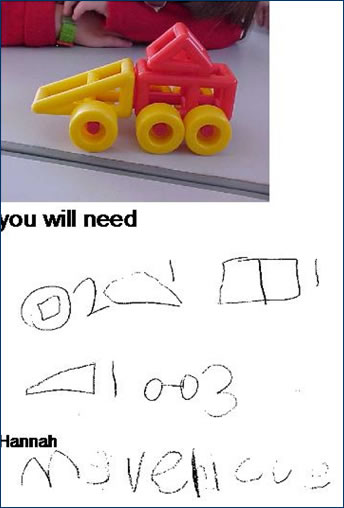
- Photograph changes in the local environment such as stages of a building, playground.
- Use photographs to record plant growth and seasonal changes. Images can then be used as part of an individual ‘Growing Diary’ or class book that focuses on the impact of the seasons on their immediate environment.
- Photograph patterns in the environment such as lines in the playground, zebra crossing, fences, bark, brick and concrete. Children can use these patterns to create their own using a variety of media such as torn paper, charcoals, felt tips and pastels.
- The above idea can be extended by photographing line, colour, texture, shape, form and incorporating them into a "Mark-Making" book.
- Children can be encouraged to select, sort and arrange natural objects to create ephemeral art.
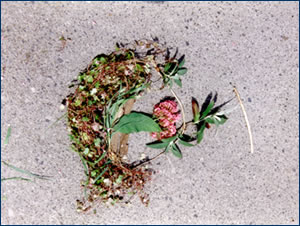
- Use a digital camera to record visits/visitors. Photos can be used to help children sequence events and develop language skills. The number of photos used will evidently depend on children’s stage of development. Images can be used to make an electronic book or alternatively can be printed out and placed in a book format. Photos can be attached with velcro on individual pages to encourage children to sequence events correctly or to create their own story whilst developing early reading skills.

- Photograph examples of number in the environment to promote discussion about some of the ways numbers are used for example car number plates, house numbers, prices, opening and closing times.
- Take photos of writing in the environment to develop awareness of writing for purpose such as street signs and advertisements.
- Photograph items/ areas/objects found in school grounds to create a trail in a ‘Treasure’, ‘Easter Egg’, ‘ Number’, ‘Letter’ or ‘Bear’ Hunt.
- Photograph objects at unusual angles or small sections of objects to promote discussion, thinking and observation.

- Photograph resources to make labels on storage boxes to enable children to locate them when making decisions and selecting resources.
- Restrict numbers of children working in certain areas by using the appropriate number of photos of children on labels.
- Story boxes. Model, and encourage children to take photos whilst playing with small world toys, puppets etc to develop the idea of scenes. These photos can be dropped into Presenter or Movie Maker.
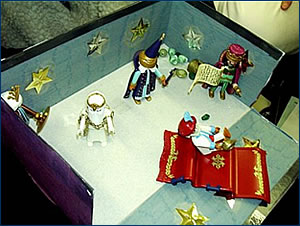
- Take photos of writing in the environment to develop awareness of writing for purpose such as street signs and advertisements.
- Photograph children’s events and activities.
- Use photographs to sequence events and stories
- Send photographs home showing the parents something their child has done that day to promote interaction and discussion.
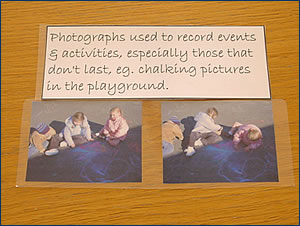
Use Photographs of Individual Children to:
- Create number lines or borders for display work.
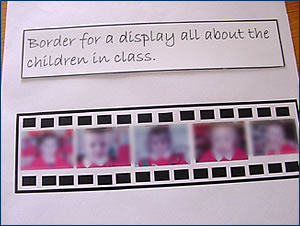
- Create jigsaws of children’s faces or visitors.

- Reinforce the order of letters and sounds in their names and encourage correct sequence using photo with name underneath.
- Create resources to enhance role play such as an index card in an office.
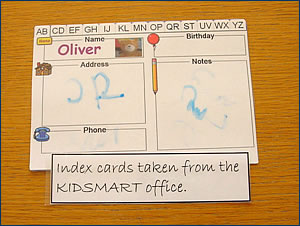
- Make personalised cloakroom tags, use as labels for children’s own trays and as labels on displays to identify children’s work.
- Make icons for their folders of saved work on the computer.
- Enable children to self-register.








